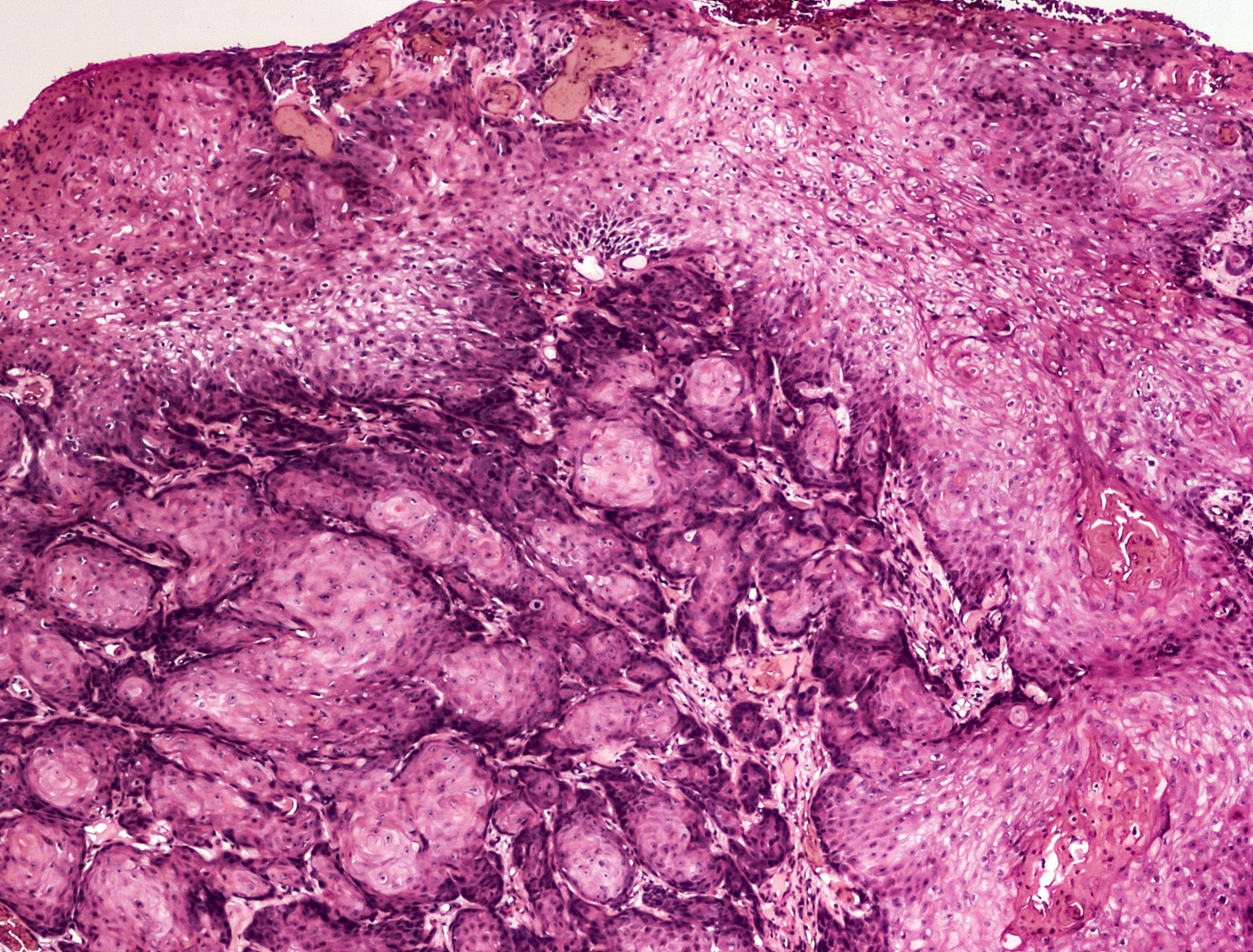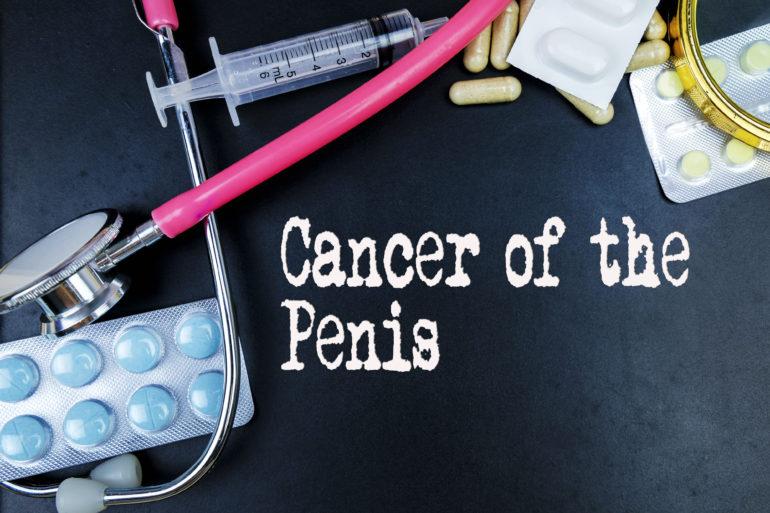Penis Cancer and HPV
I guess, first of all, I should stress that I am not an urologist and have not seen a penis cancer. However at the end we are creating a portal on HPV (Human Papilloma Virus) and so I thought I should mention the diseases related to genital HPV and prepared this section. This collection is a short translation summary of the extensive paper of Dr. Curtis A Pettaway on the UpToDate website.
Now to the point and let us start with the epidemiology and risk factor. I hope you benefit of this.
Epidemiology and Risk Factors in Penis Cancer
Penis cancer is a rare cancer. The ratios given is 1 in 100000. I have seen a newspaper article that interested me in 2013 🙂 It said that penis cancer is also seen in Turkey. 4 cases were reported from Mediterranean University Urology Clinic (http://www.haberturk.com/saglik/haber/8340.08-penis-kanseri-turkiyeye-sicradi). In the article it is emphasized that it is very rarely seen and it is almost not seen in our country.
When we come to academic knowledge; it is stated that it is very rare in developed countries but it is more prevalent in sub-Saharan African countries and underdeveloped countries. In developed countries the 1/100000 ratio is accurate. It accounts for 1% of all cancers in men. Its prevalence increases with age. It comes up at an average of 60 years of age.
Risk Factors: 1. Being uncircumcised: Circumcision really protects. 2. Phimosis: Foreskin not being pulled back after age of 3. If the child is left as such the risk of having penis cancer in the future increases significantly. Thus children with phimosis should be circumcised In fact the first two factors are related. 3. Having itchy lesions on penis for more than 1 month. 4. Having trauma on penis. 5. Smoking. 6. Carrying HIV virus. 7. Zoophilia, it is said to cause the increase especially in African countries. And finally HPV
HPV and penis cancer: In 30-50% of all penis cancer HPV is detected. In fact, having genital warts in men is a risk factor on its own. In an article published in 2009 1466 men with penis cancer are assessed (we said its rare but they could find more than 1400 patients :-)) In 60% of the cases HPV Type 16 and in 13% of them HPV Type 18 is detected. Thus high risk oncogenic HPV types are also risk factors for penis cancer. The good news is that the penis cancers that develop due to HPV progress better and they are reported to cause death less.
Penis cancers are generally seen as Squamous Cell Carcinoma. You can see a microscopic view of penis cancer. Squamous cell carcinomas of penis are also classified within but no deed for distraction.
 Early diagnosis: Even though the penis cancer is rate, in many articles the importance of early diagnosis is emphasized. Especially the patients with genital warts and subsequently itchy lesions on their penis for over 1 month must see an urologist. Genital wart history is a factor increasing penis cancer risk 6 folds. At this point we should talk about penis cancer precursors. In fact many lesions are accepted as precursors. However if there are lesions as I continuously emphasized you should see an urologist urgently.
Early diagnosis: Even though the penis cancer is rate, in many articles the importance of early diagnosis is emphasized. Especially the patients with genital warts and subsequently itchy lesions on their penis for over 1 month must see an urologist. Genital wart history is a factor increasing penis cancer risk 6 folds. At this point we should talk about penis cancer precursors. In fact many lesions are accepted as precursors. However if there are lesions as I continuously emphasized you should see an urologist urgently.
 Penis Cancer Treatment: When penis cancer is detected early the treatment is easy. However when detected late it can be fatal. Treatment is basic surgery. The problem starts if it jumps to lymph nodes at groin region. It is reported that treatment of such patients is difficult.
Penis Cancer Treatment: When penis cancer is detected early the treatment is easy. However when detected late it can be fatal. Treatment is basic surgery. The problem starts if it jumps to lymph nodes at groin region. It is reported that treatment of such patients is difficult.
Resources
- 1. As mentioned above primarily UpTodate site
- Miralles-Guri C, Bruni L, Cubilla AL, CastellsaguéX, Bosch FX, Human papillomavirus prevalence and type distribution in penile carcinoma. J Clin Pathol. 2009;62(10): 870.
- .Alemany L, Cubilla A, Halec G, et al. HPV VVAP study group Role of Human Papillomavirus in Penile Carcinomas Worldwide Eur Urol. 2016;69(5):953.
3 Eylül 2017 tarihinde Prof. Dr. Süleyman Engin Akhan tarafından yayınlanmış ve 19 Kasım 2018 tarihinde de son güncelleme yapılmıştır.

